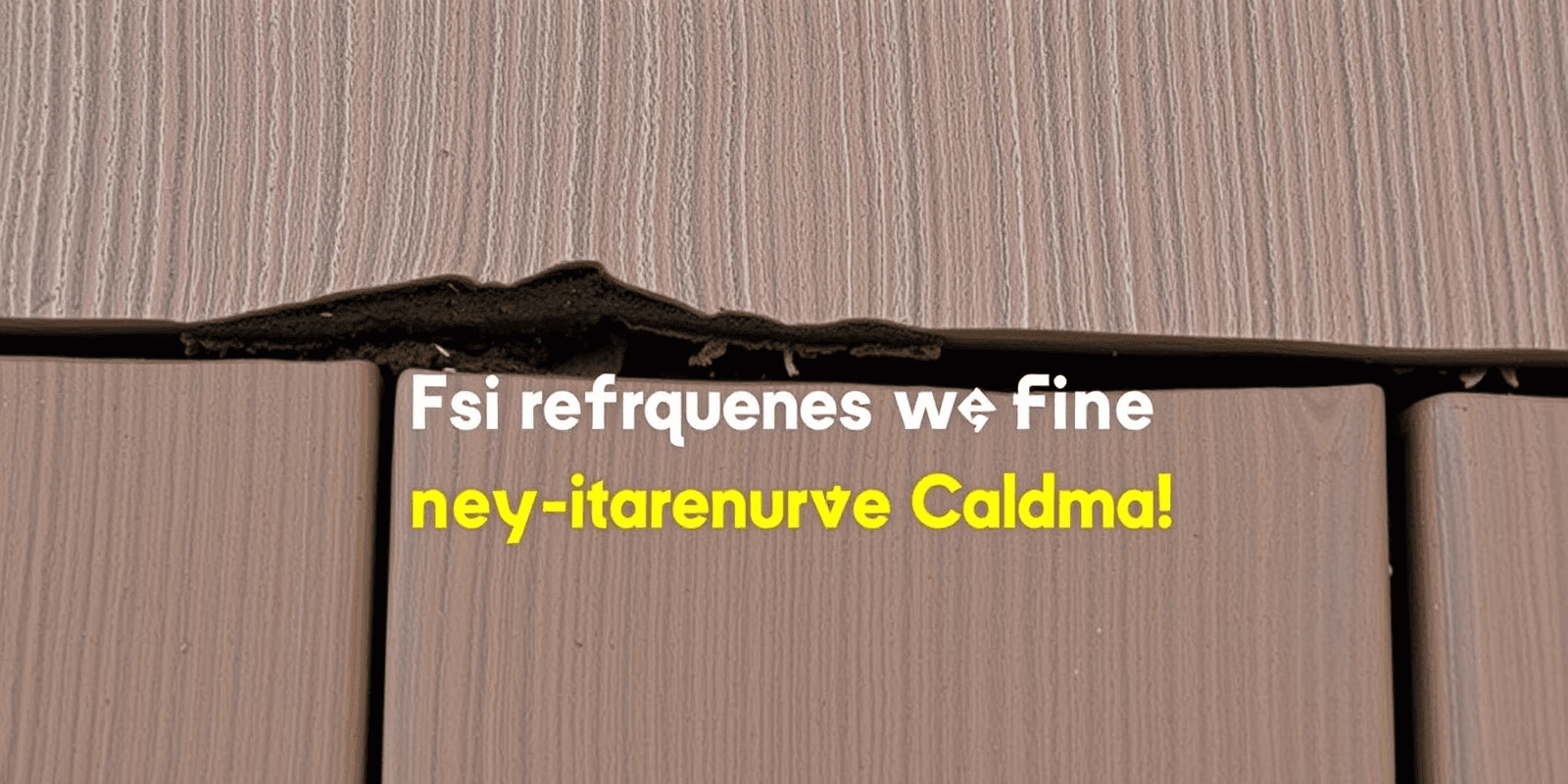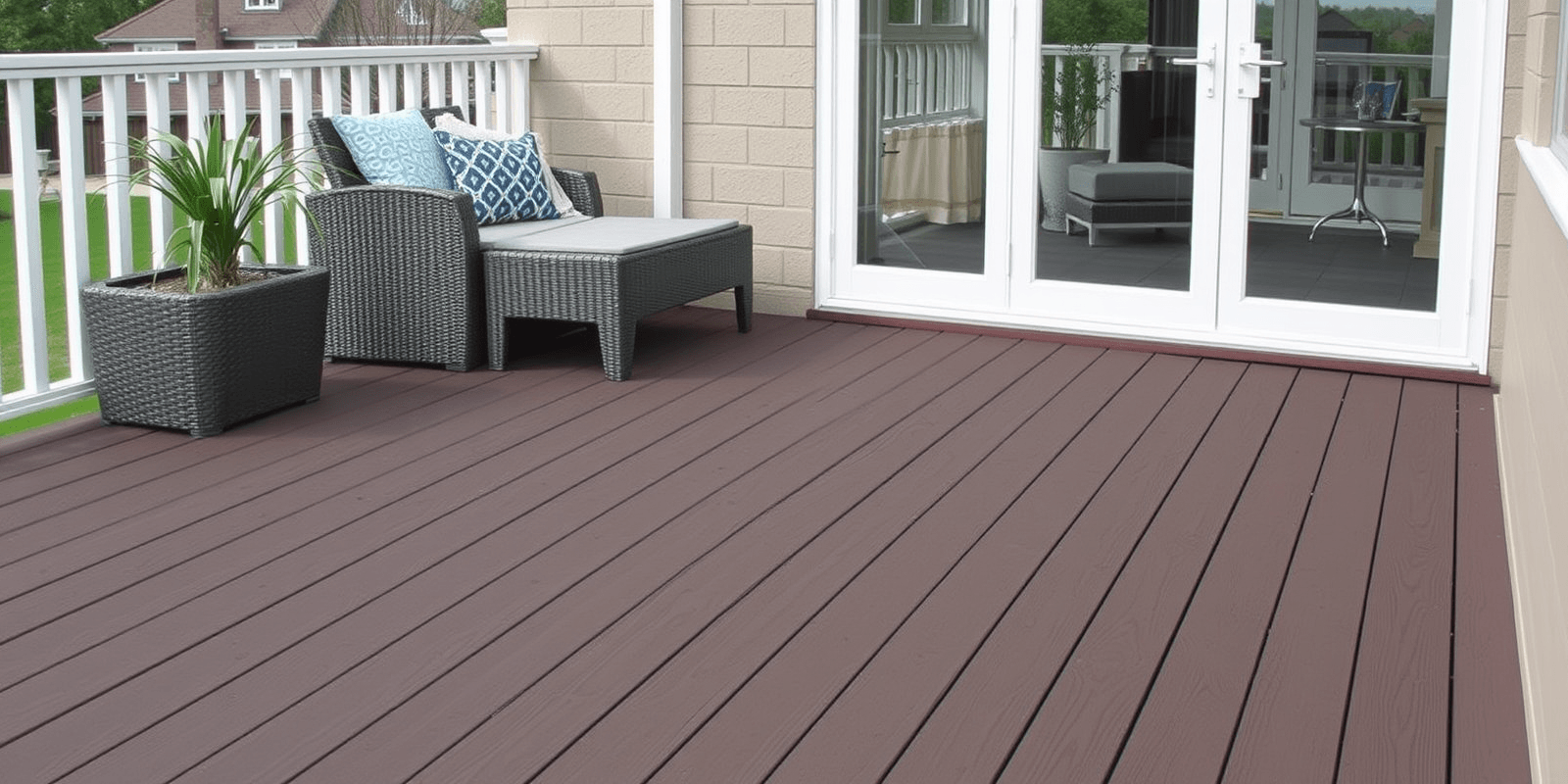Is There a Way to Fix Mushrooming in Composite Decking?
Mushrooming on composite decking is a common issue that can detract from the aesthetic appeal of your deck. This problem occurs when the composite material expands beyond its intended dimensions, causing it to protrude at the fastener holes. Understanding the causes, repair techniques, and preventive measures is essential for maintaining the longevity and appearance of your deck.
What Causes Mushrooming on Composite Decking?
Mushrooming typically happens due to the expansion and contraction of composite materials under varying weather conditions. Composite decking is made from a combination of wood fibers and plastic, which can expand and contract with temperature changes. When this happens, the composite material may push outwards around screws or nails, creating a mushroom-like shape. Additionally, improper installation or over-tightening of fasteners can exacerbate this issue.
List of Repair Techniques for Mushrooming Composite Decking
Several methods can be used to address mushrooming on composite decking. Below are some of the most effective repair techniques:
Technique 1: Sanding and Re-finishing
One approach is to sand down the protruding material and then re-finish the surface. This method requires careful attention to detail to avoid damaging the surrounding area. Start by using a fine-grit sandpaper to gently remove the excess material. Once the surface is smooth, clean the area thoroughly before applying a new finish.
Note: It’s important to match the color and texture of the new finish to the existing surface for a seamless look.
Technique 2: Removing and Replacing Fasteners
If the mushrooming is severe, removing the existing fasteners and replacing them with new ones might be necessary. This process involves carefully drilling out the old fasteners and installing new ones at a slightly different angle to prevent further expansion. Ensure you use appropriate fasteners designed for composite materials to minimize the risk of recurrence.
Note: Always consult the manufacturer’s guidelines for proper fastener installation to ensure optimal results.
Technique 3: Applying a Filler Compound
A third option is to apply a specialized filler compound designed for composite materials. These compounds are formulated to blend seamlessly with the composite surface and can effectively fill in the gaps caused by mushrooming. Follow the manufacturer’s instructions for application and drying times to achieve the best results.
Note: Choose a filler compound that matches the color and texture of your composite decking for a cohesive look.
Expert Advice and Tips for Preventing Future Issues
To prevent mushrooming in the future, consider the following expert advice:
- Proper Installation: Ensure that your composite decking is installed correctly, allowing for adequate expansion space between boards and around fasteners.
- Regular Maintenance: Regularly inspect your deck for signs of wear and tear, addressing any issues promptly to prevent further damage.
- Use Correct Fasteners: Use high-quality fasteners specifically designed for composite materials to reduce the risk of expansion and contraction issues.
- Seal and Protect: Apply a sealant or protective coating to your composite decking to enhance its durability and resistance to environmental factors.
Conclusion
Mushrooming on composite decking can be frustrating, but with the right repair techniques and preventive measures, you can restore your deck’s appearance and extend its lifespan. By understanding the causes and taking proactive steps, you can enjoy a beautiful and durable outdoor living space for years to come.



